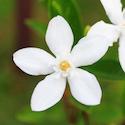Commonly growing as shrubs and vines, jasmines and their varieties, usually produce a wide array of exquisite flowers. Depending on the jasmine species, these secretes rich, intense and long lasting scents from their various types of blossoms. The flowers can range from unique waxy and white to intense yellow or purple. But let's not forget those which can reach that incredible red passion tone. Not only are jasmine flowers desirable and priced for their intoxicating fragrance, but some also have numerous benefits for medicinal and cosmetic uses, which include skin care and stomach-ache remedies. They are also of a spiritual significance for some cultures. Growing jasmines until they bloom and keeping their flowers opened and shining for as long as possible, has long been a field of interest for many passionate gardeners. One could say, that when it comes to strong fragrant flowers, jasmine species are on the top of the list. There are more than 200 species of jasmines, so imagine how many different scents you could get, raging from the stronger ones to the weaker ones, from the ones with a wood hint, to the ones with a lemon twist! Oh so much variety!
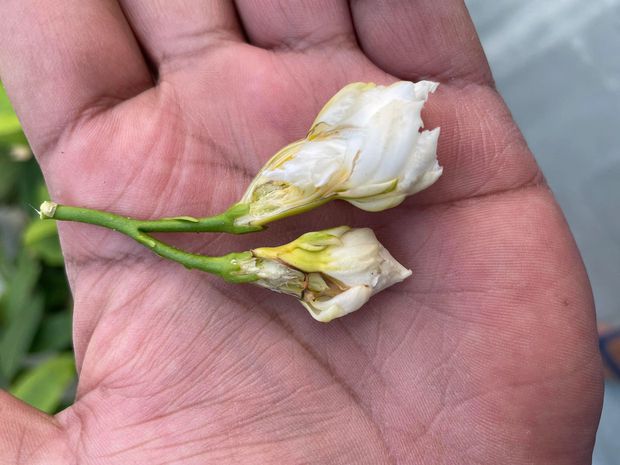
All jasmine lovers know, how hard it can sometimes be to care for our precious plants, after nourishing and giving it lots of attention, until they bloom and all your plants are filled with those exquisite flowers. Unfortunately, even though you do everything you can to give your jasmine so much love and care, you may wonder, why your indoor or outdoor jasmine flowers are not thriving as well as they should. Why don't they bloom or why do the blossoms fall off?
Under good conditions, jasmine flowers are long lasting when it comes to their fragrance and they also remain opened for a couple of months after they start to bloom, but there are several factors that can contribute to the flowers declining early and even falling off prematurely.
Normally, jasmine plants produce their first round of flowers in early spring with a later delayed round happening in the late fall. This is obviously only a general idea for most jasmine species, although we must note that there are some specific concerns depending on the species.
Now, you have your jasmine plant buds ready to bloom in no time, waiting for them for so long and when they finally bloom, they fall of in a couple of days or weeks. Why is that happening? Unfortunately, this is not an uncommon issue, it is called "blossom drop".
In this article, we are going to dive deeper into the several causes that may lead to premature flower drop affecting our jasmine plant.
The reasons why your jasmine flowers are falling off and dropping earlier than they would normally do, can be due to different factors. These can be extreme weather, temperature and humidity conditions. Other causes are suboptimal conditions in the soil moisture and nutrient composition. If the soil is over irrigated (as in flooded) and not well drained, the excess of moisture will cause distress and much less long lasting flowers. If the soil has an excess in nitrogen or a lack of phosphorus and potassium, the jasmine flowers can also simply fall off. Last, but not least, thrip pests are another important cause for jasmine flower loss, as they feed on the flower pollen and petals, compromising the integrity of the flower buds, leading them to drop off the plant.
Nitrogen excess of the soil
A common cause for flower issues on jasmines is an excessive nitrogen content of the soil. As we know, nitrogen is one of the main three essential macro nutrients for plants. It is required for the optimal growth of jasmine plants and it is overall involved in the production of amino acids, peptides and proteins as well as the nucleic acids.
Nitrogen is also the main component of one of the most important molecules in a plant, which is chlorophyll. In other words, it is a crucial element for the photosynthesis process to occur properly. Nitrogen is critical for the growth of the plant foliage. Moreover, Nitrogen is an essential nutrient for organisms in the soil that contribute to the overall wellbeing of the plant.
Nitrogen becomes an issue, when there is an excess of it. There can be a higher, toxic level in the soil and that promotes a burst in the jasmine leave growth.
This excessive leave growth can take away some of the energy from the open blossoms which is required to maintain the flowers in bloom as for as long as possible. This redirected energy in turn can make the flowers turning brown, stunt them heavily and ultimately make them fall off our jasmine plant. It is really common to see very thick foliage in jasmine vines but no flowers or brown flower buds, with no blossoms due to the high toxicity of the excess of nitrogen in the soil.
The only way to fix this situation so that you can ensure blossoms in the next season, is to dilute that excess of nitrogen by adding sawdust and fine wood sticks as a mulch over the bed soil. That will dilute the nitrogen down to more normal levels in the soil. Another good way to recover your jasmine plant from this nitrogen excess is to pour pure water over your plant's soil to flush off that agent and thus to correct the nitrogen level of the soil and also to modify the pH levels.
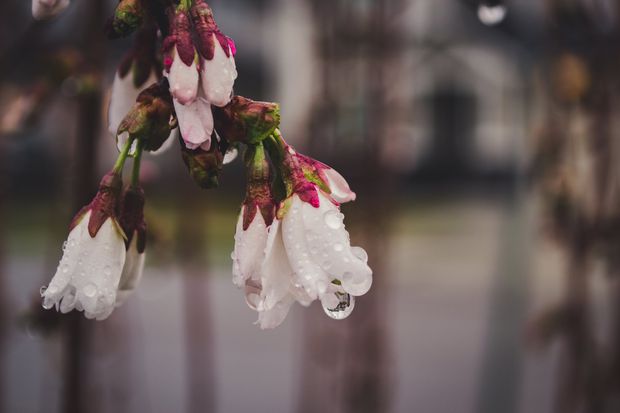
Extreme temperature changes and lack of pollination
Jasmine plants are tropical plants and therefore, they thrive in a temperature range between 70 and 85 degrees Fahrenheit (or 21 to 29 degrees Celsius). Extreme and sudden temperature changes cause a massive distress in the jasmine plant fitness and make it problematic for them, to keep their flowers healthy. Really high temperatures during the daytime much above 85 °F (29 °C), high temperatures during the night time during those really hot summer nights above 70 °F (21 °C) or lower than usual temperatures during the early fall below 55 °F (13 °C), can all cause jasmine blossoms to drop.
Jasmine plants live optimally in a rage of warmth and humidity between 40% to 50%. When all these temperatures changes occur, both during the day and night, and this humidity goes above that optimal 50%, the process of pollination cannot take place. The pollen particles become non viable and really muggy, unable to be released and also affecting the ability of the pollen to stick to the stigma of the flower.
If the blossoms do not get pollinated, the blooms can die and fall off after a few days. If you are expecting these extreme weather changes, there is something you could do to contribute to aid the pollination process by gently tapping at the top of the flowers, mimicking what wind would do. You could also gently rub the anthers and stigma with a small and fine paintbrush going from flower to flowers to redistribute that pollen. With nasty weather, there is only so much we can do but with some luck we can save some flowers!
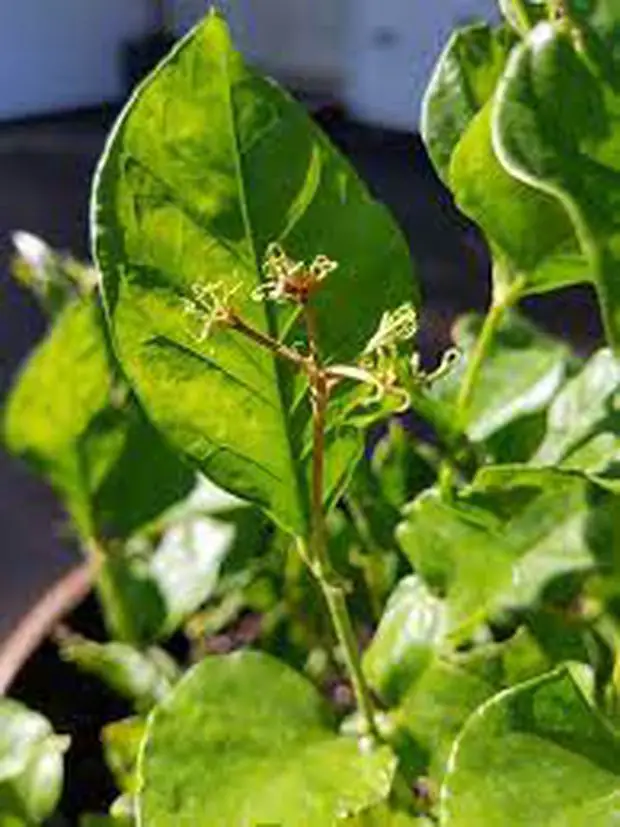
Sunlight and soil moisture
Jasmine plants' daily sunlight requirements are full sun to partial shade. About 6 hours or more of direct sun exposure and about 2 hours of partial shade. During an extreme temperature rise, jasmine plants can suffer from a heat shock both indoors and outdoors. The sun rays can hit the plant and stress the leaves and flowers, dehydrating them and leading them to lose their vigor.
The soil where the plant rests will also lose its moisture rapidly, causing it to harden up and the plant will be having trouble getting out enough water. When this happens, most of the flowers if not all can dry up and fall off.
As we know, jasmine plants grow optimally in moist and well drained soil. When you over water your jasmine plant, the roots can rot as the soil will not drain and too much water will be around the roots. This affects the growth of the jasmine, making it stunt and drop its flowers. When an extreme over watering event occurs due to for example heavy rainfalls and lack of enough drainage capacity, the soil gets flooded and cannot absorb all of the water and the roots get suffocated. Alas, this too can lead to the flower buds dropping from the jasmine plants.
Additionally, if this happens could not only most of your flowers have dropped, but also the rest of the jasmine plant could be in danger. It is highly recommended to build an improvised drainage hole near the plant to aid with the root flood. If that new drainage does not improve the situation, you might need to replant your jasmine, to allow it time to dry up and get a new spot with new soil.
Lastly, while soil moisture is important, it is equally crucial to ensure the soil conditions are also optimal and haven’t lost any nutrients like phosphorus and potassium, as otherwise the blooms will drop. Fertilize regularly without causing over fertilization.
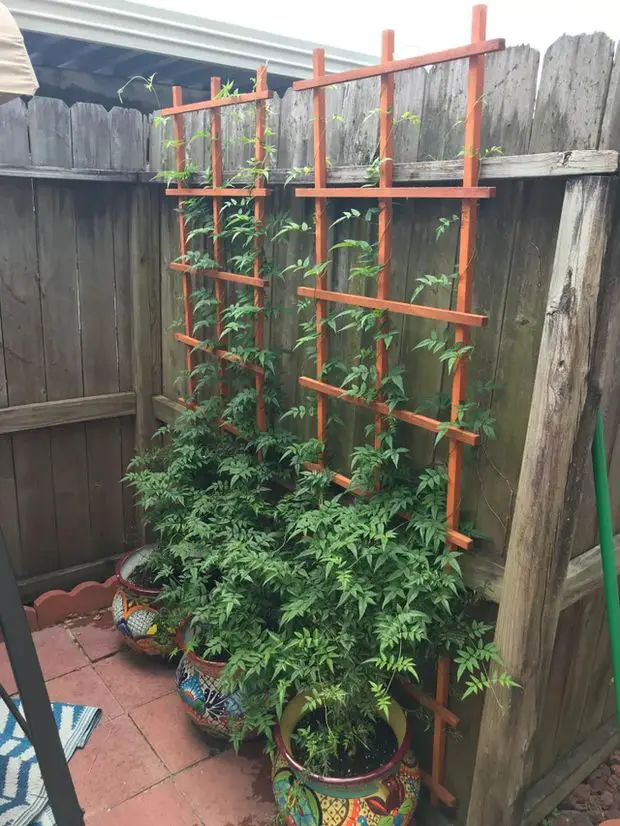
Thrips infestation
Thrips are very small insects, belonging the Thysanoptera order. They feed from our jasmine flowers by perforating the epidermis (that is the outer layer) of the petals, sucking on their cellular content. The can also feast on the pollen and rest on the flowers leaving behind some sort of waste products in the surface they feed from. You will start seeing the thrips damage in the form of scratch marks on the surfaces of the flower petals.
As a consequence of thrips scratching the inside of the flower buds and also due to the eggs deposition inside of them, the flower buds will switch their colour to a pale brown before completely opening their flowers. Within a few days, the flowers can simply drop off from the plant. Lastly, thrips might not damage the flower so badly in every case, but they do feed on the pollen sediments of the flower, thus reducing the longevity of the jasmine flowers as we have mentioned before.
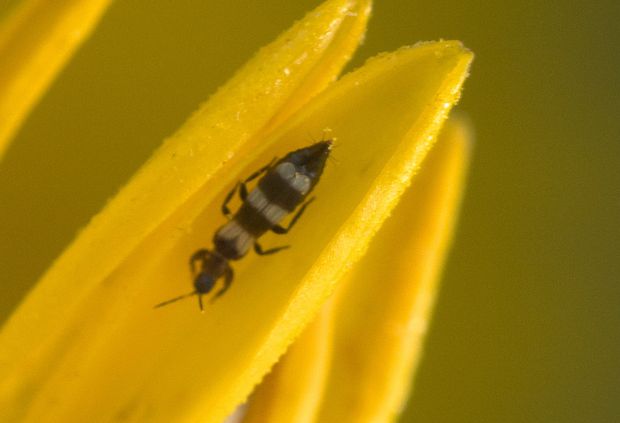
Now you know about all the common causes which can result in your jasmine not developing flowers or dropping them early.
